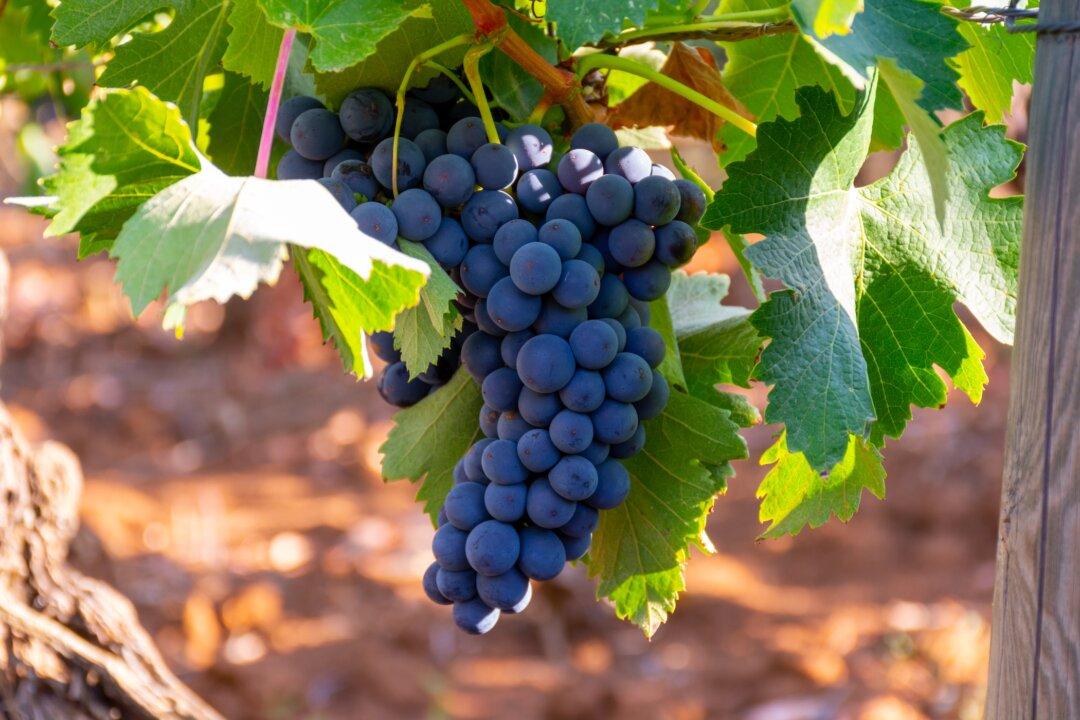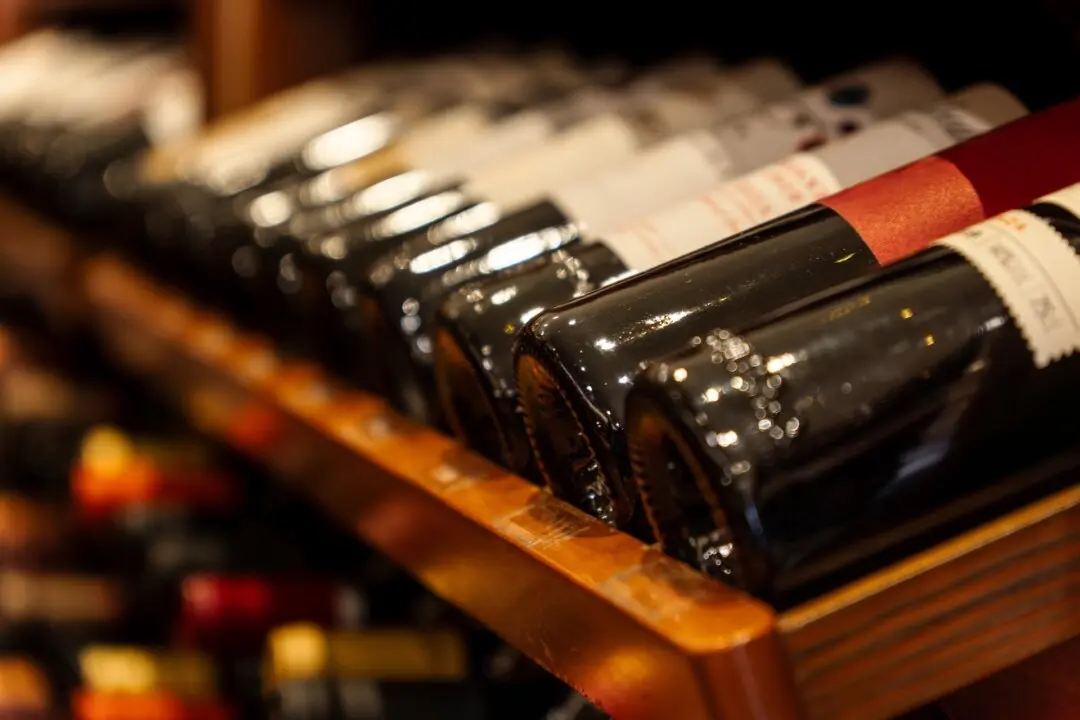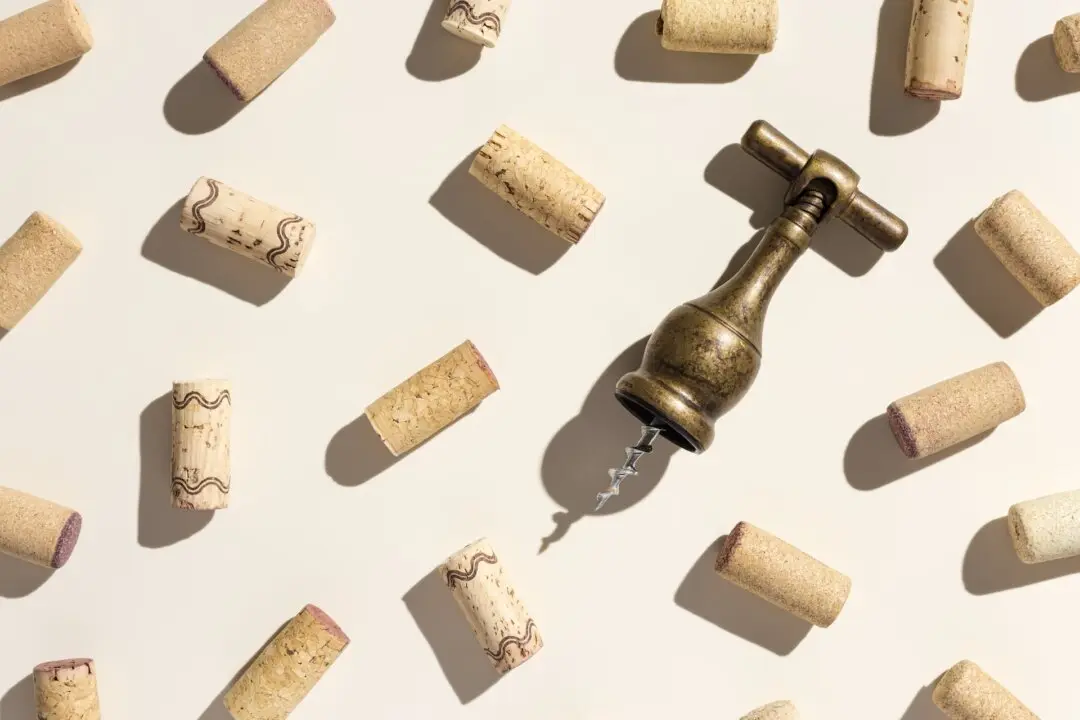The film “Sideways,” which was released 19 years ago (in October 2004), shows its absurdist antihero, Miles Raymond, trashing the merlot grape variety and the wines it makes.
The film is intended, in part, to elevate pinot noir to a position of prestige. And the movie does pay homage to that Burgundian grape variety from start to finish.





